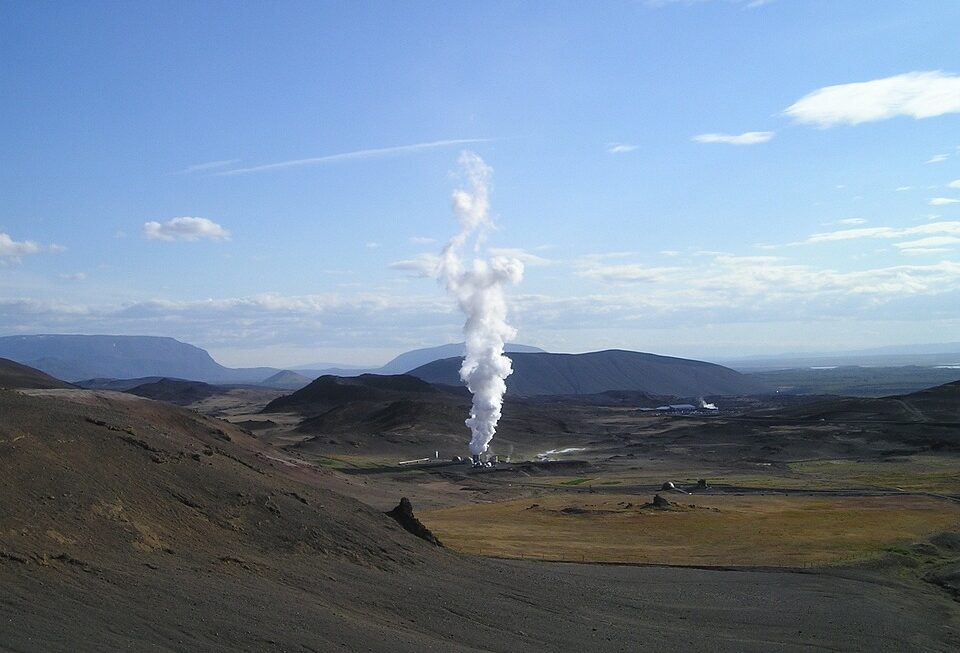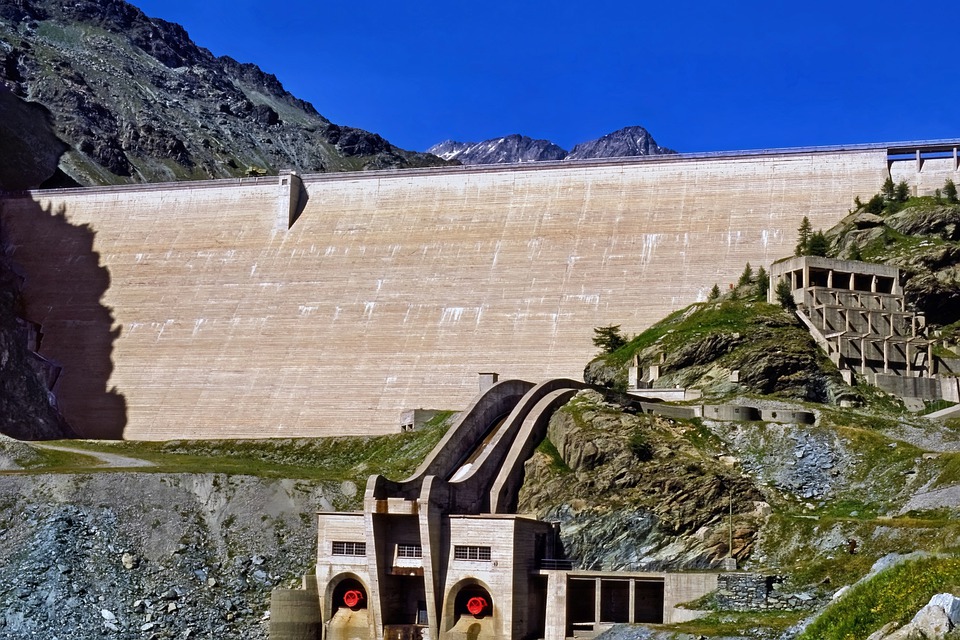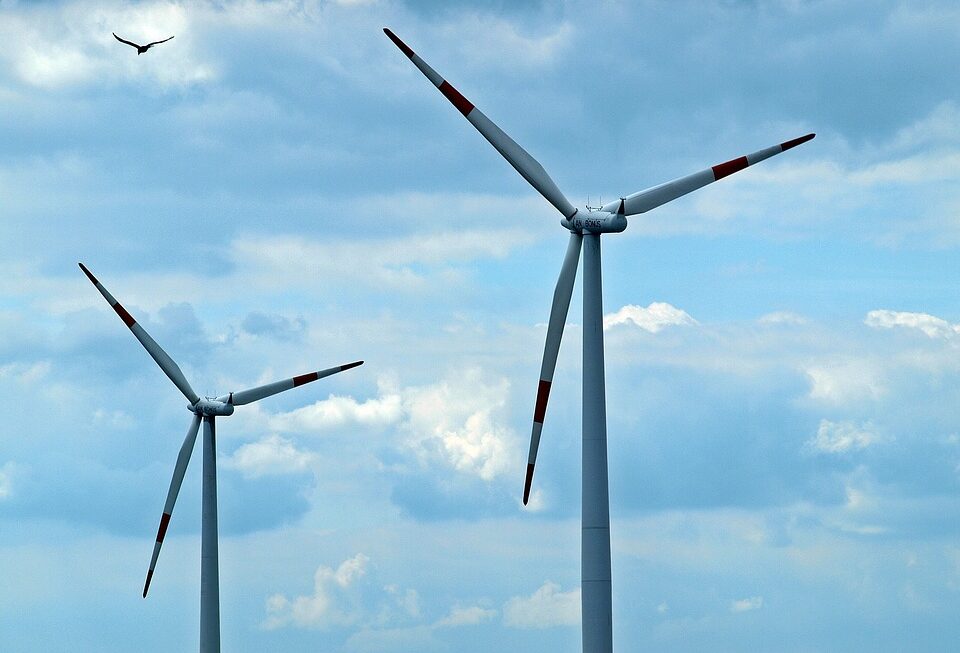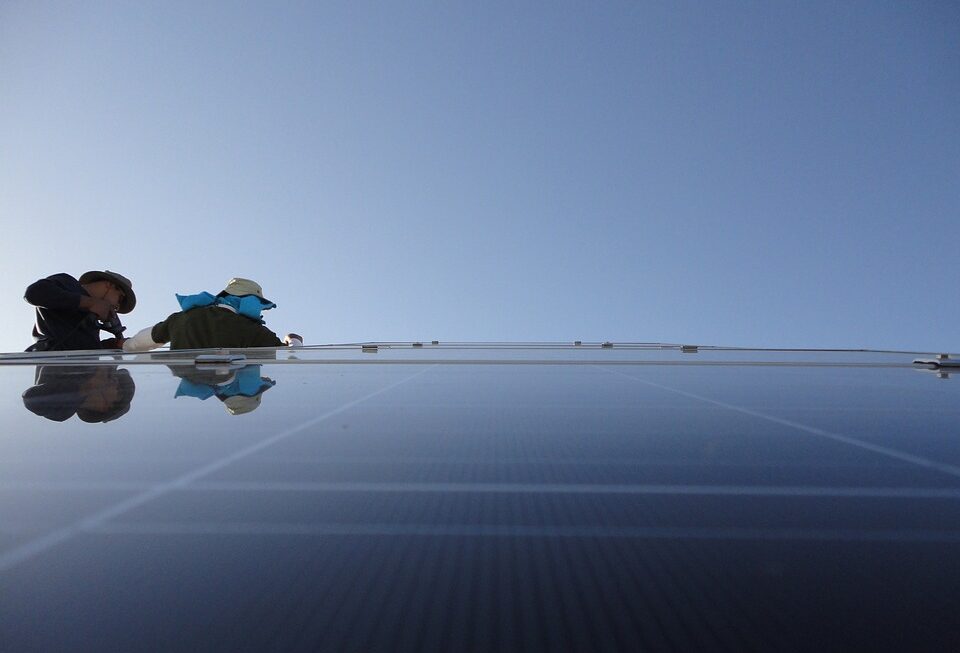[ad_1]
Harnessing Earth’s Heat: The Potential of Geothermal Energy
The Earth is a vast reservoir of heat, and this heat can be harnessed to generate electricity and heat buildings. This form of energy is known as geothermal energy, and it is becoming an increasingly important source of renewable energy as the world looks to reduce its reliance on fossil fuels. In this article, we will explore the potential of geothermal energy, how it is currently being used, and its future prospects.
What is Geothermal Energy?
Geothermal energy is the heat that is generated from the Earth’s core. This heat is constantly being produced as a result of the radioactive decay of elements such as uranium and thorium in the Earth’s mantle and crust. The heat that is generated from the Earth’s core is then transferred to the crust, where it can be harnessed for various purposes.
One of the most common uses of geothermal energy is for the generation of electricity. This is typically done by drilling wells into the Earth’s crust and using the steam or hot water that is produced to drive turbines, which in turn generate electricity. Geothermal energy can also be used for direct heating, such as in district heating systems or in greenhouses.
The Potential of Geothermal Energy
Geothermal energy has the potential to make a significant contribution to the world’s energy needs. Unlike solar and wind power, geothermal energy is not reliant on the weather and can therefore provide a consistent source of power. In addition, geothermal power plants have a relatively small land footprint, making them well-suited for areas where land is in short supply.
According to the International Energy Agency, geothermal energy has the potential to generate over 2,000 terawatt-hours of electricity per year, which is the same as the total electricity generation of countries such as Canada and Mexico combined. This highlights the considerable potential of geothermal energy and the role it could play in the transition to a more sustainable energy system.
The Current Use of Geothermal Energy
Currently, the use of geothermal energy is relatively limited compared to other forms of renewable energy. The largest producers of geothermal electricity are the United States, Indonesia, the Philippines, and Turkey. These countries have invested in geothermal power plants and have the necessary geological conditions to make use of this form of energy.
The use of geothermal energy for direct heating is more widespread, with many countries using it for district heating and hot water supplies. Iceland, for example, has utilized its abundant geothermal resources to provide almost 90% of its heating and hot water needs. Other countries, such as Sweden and Finland, have also made significant use of geothermal energy for district heating.
Challenges and Opportunities
Despite its potential, there are several challenges that must be addressed in order to fully harness geothermal energy. One of the main challenges is the high upfront cost of drilling and building a geothermal power plant. The geological exploration required to locate suitable sites for geothermal power plants can also be costly and time-consuming.
Another challenge is the limited availability of suitable sites for geothermal power plants. Not all regions have the necessary geological conditions for geothermal energy production, and this can limit the potential for widespread adoption of this form of energy. Additionally, there are concerns about the environmental impact of extracting geothermal energy, such as the release of greenhouse gases and potential subsurface effects.
However, there are also opportunities for the further development of geothermal energy. Advances in drilling technology and the increased use of enhanced geothermal systems (EGS) could make it possible to access geothermal resources in areas that were previously considered unsuitable. EGS involves creating artificial reservoirs by injecting water into hot rocks and then extracting the heated water to generate electricity.
The development of new technologies could also make geothermal energy more cost-effective and the continued growth of the geothermal industry could lead to economies of scale, further reducing the cost of geothermal power generation.
Geothermal Energy and Climate Change
Geothermal energy has the potential to play a significant role in the fight against climate change. As a renewable energy source, it produces minimal greenhouse gas emissions and is therefore a cleaner alternative to fossil fuels. The use of geothermal energy for district heating can also reduce the reliance on fossil fuels and lower carbon emissions in the heating sector.
In addition, geothermal energy can provide a stable and reliable source of electricity, making it a valuable complement to intermittent renewable energy sources such as wind and solar power. The increased use of geothermal energy could therefore help to reduce the use of coal and natural gas for electricity generation, leading to a reduction in greenhouse gas emissions.
FAQs
What are the main advantages of geothermal energy?
One of the main advantages of geothermal energy is that it is a consistent and reliable source of power. Unlike solar and wind power, which are dependent on the weather, geothermal energy can provide a consistent supply of electricity. In addition, geothermal power plants have a relatively small land footprint and can be built in areas where land is in short supply.
How does geothermal energy compare to other forms of renewable energy?
Geothermal energy is more consistent and reliable than solar and wind power, as it is not reliant on the weather. However, the upfront costs of building geothermal power plants can be higher than those of solar or wind farms. Geothermal energy also has a smaller environmental footprint than hydropower, as it does not require large dams or reservoirs.
Are there any environmental concerns associated with geothermal energy?
There are some environmental concerns associated with geothermal energy, particularly related to the release of greenhouse gases and potential subsurface effects. However, the environmental impact of geothermal energy is generally considered to be lower than that of fossil fuel-based energy sources.
In conclusion, geothermal energy has the potential to make a significant contribution to the world’s energy needs. Its consistent and reliable nature, combined with its smaller environmental footprint, make it a valuable renewable energy source. With continued technological advancements and investment in the geothermal industry, the harnessing of the Earth’s heat could play a crucial role in the transition to a more sustainable energy system.
[ad_2]



